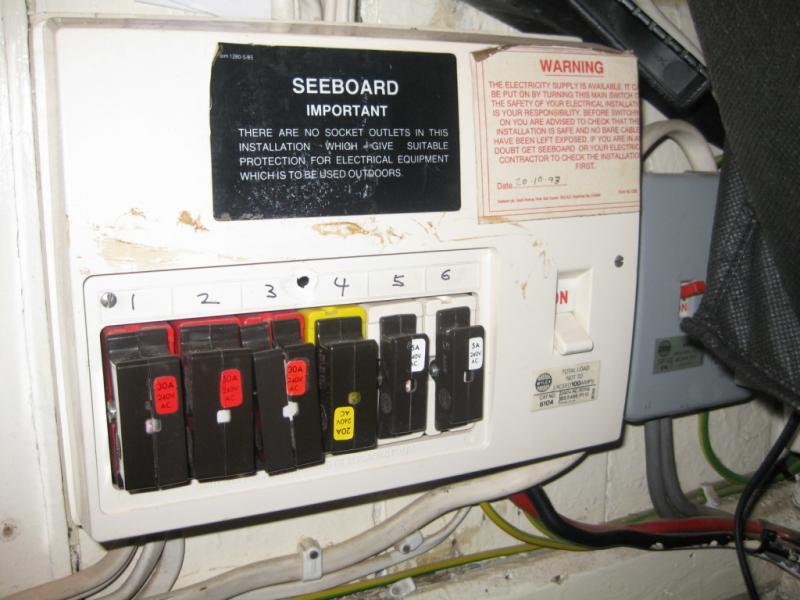Hi
I will shortly be purchasing a split system with 1x outside unit and 2x inside units for my house (domestic).
The aircon company will do the refrigerant circuits and want the electrical circuits ready for when they arrive.
I will do as much of this as possible as well as employ a sparks and have some questions please.
Q1. For the external aircon unit I will need a separate circuit rated to 20A. My consumer unit is the old type with cartridge fuses. Do I need to upgrade the CU to a 17th edition complaint one with MCBs? If so I would get the sparks to do this!
Q2. Re. cable to external aircon unit, can I install Hi-Tuf or does it have to be SWA? I was going to use cleats to fix to outside of brick wall. Is this OK or do I need to use conduit and if so what spec please?
Q3. I did the Vd and EFLI calcs and 2.5sqmm will be fine however for belt and braces I will install 4sqmm. I was planning on doing the donkey work (routing the cable thru the walls) and leave the sparks to terminate the cable in the isolator/CU. Am I allowed to do this in terms of building regs?
Q4. Re. inside aircon units, I was advised by aircon firm that these units can be run off ring main circuits provided FCUs are used. Am I allowed to do this in terms of building regs? I've spurred off bedroom sockets in the past but never really knew if I was allowed to do it!
Thanks!!
PB
I will shortly be purchasing a split system with 1x outside unit and 2x inside units for my house (domestic).
The aircon company will do the refrigerant circuits and want the electrical circuits ready for when they arrive.
I will do as much of this as possible as well as employ a sparks and have some questions please.
Q1. For the external aircon unit I will need a separate circuit rated to 20A. My consumer unit is the old type with cartridge fuses. Do I need to upgrade the CU to a 17th edition complaint one with MCBs? If so I would get the sparks to do this!
Q2. Re. cable to external aircon unit, can I install Hi-Tuf or does it have to be SWA? I was going to use cleats to fix to outside of brick wall. Is this OK or do I need to use conduit and if so what spec please?
Q3. I did the Vd and EFLI calcs and 2.5sqmm will be fine however for belt and braces I will install 4sqmm. I was planning on doing the donkey work (routing the cable thru the walls) and leave the sparks to terminate the cable in the isolator/CU. Am I allowed to do this in terms of building regs?
Q4. Re. inside aircon units, I was advised by aircon firm that these units can be run off ring main circuits provided FCUs are used. Am I allowed to do this in terms of building regs? I've spurred off bedroom sockets in the past but never really knew if I was allowed to do it!
Thanks!!
PB


